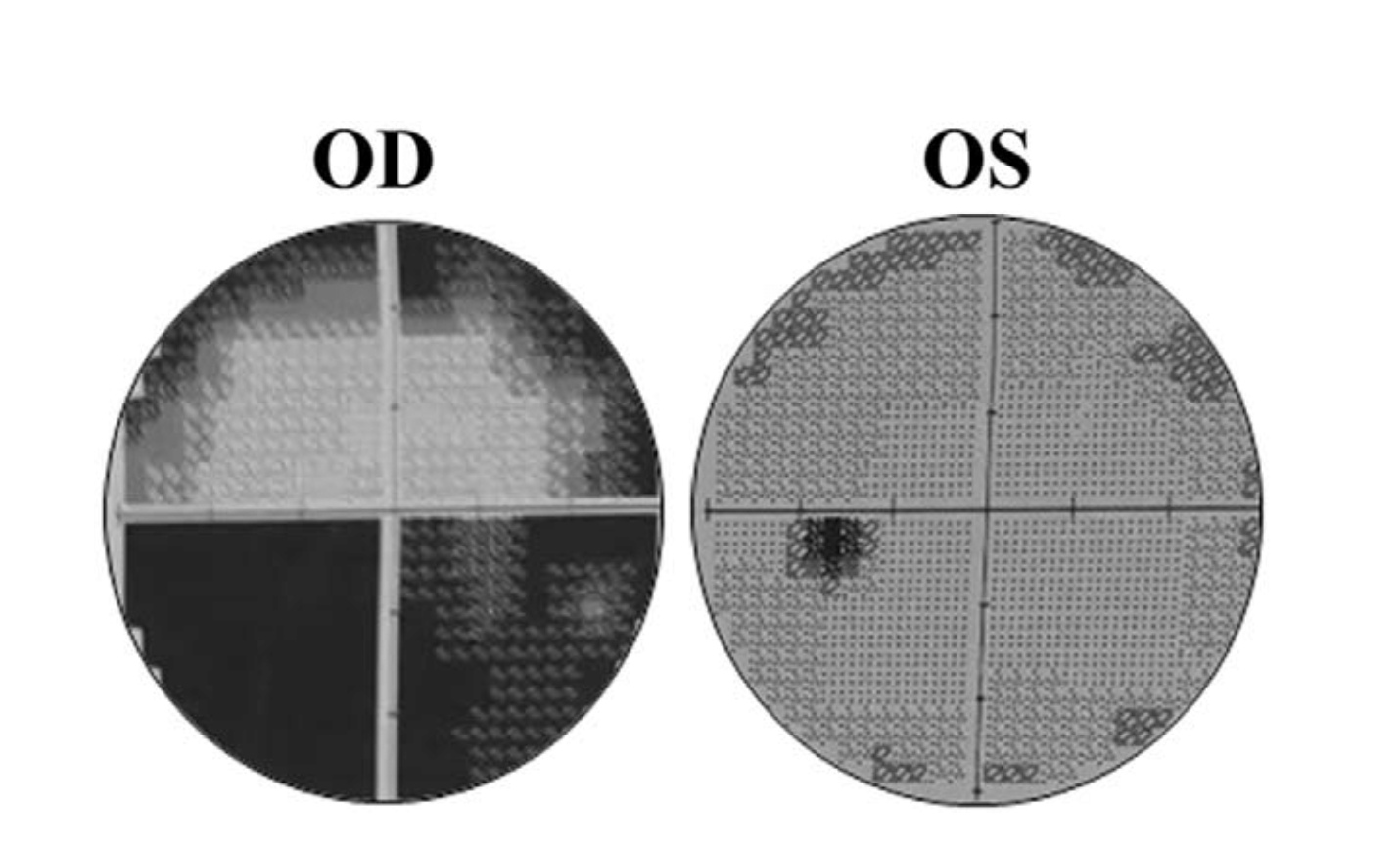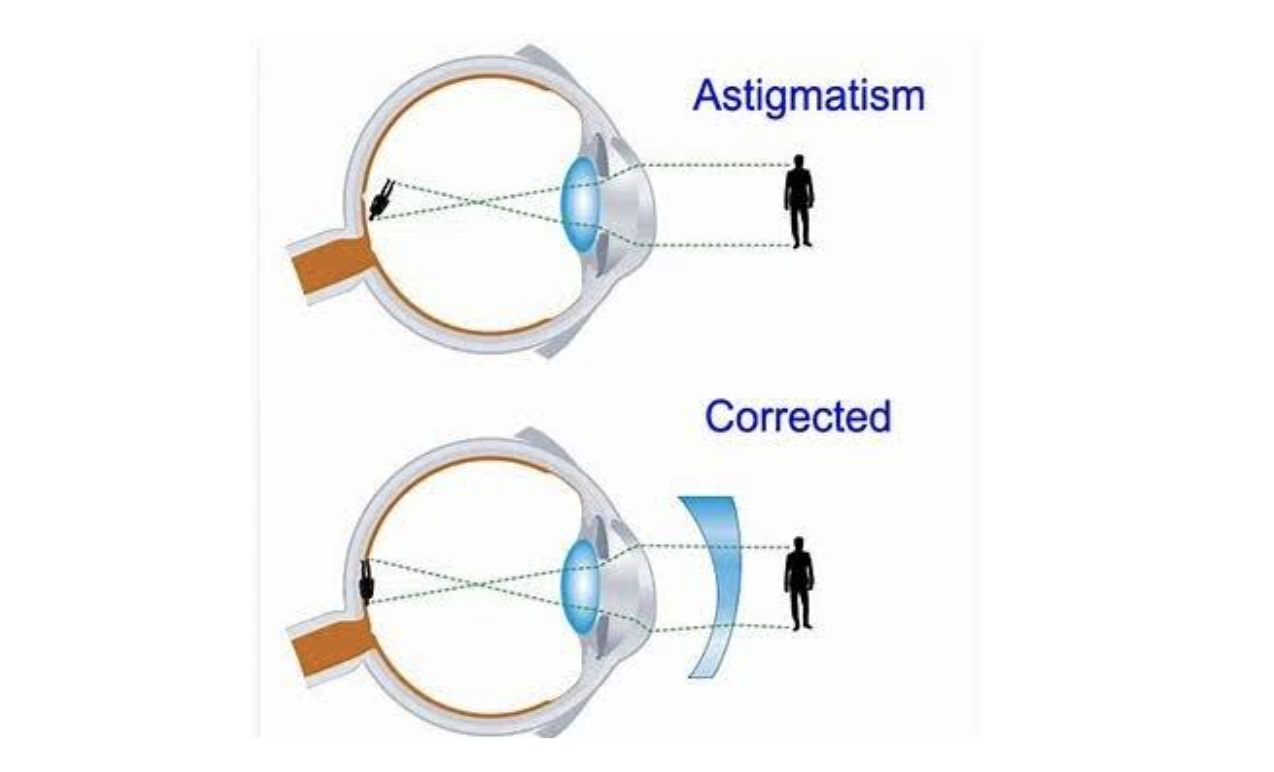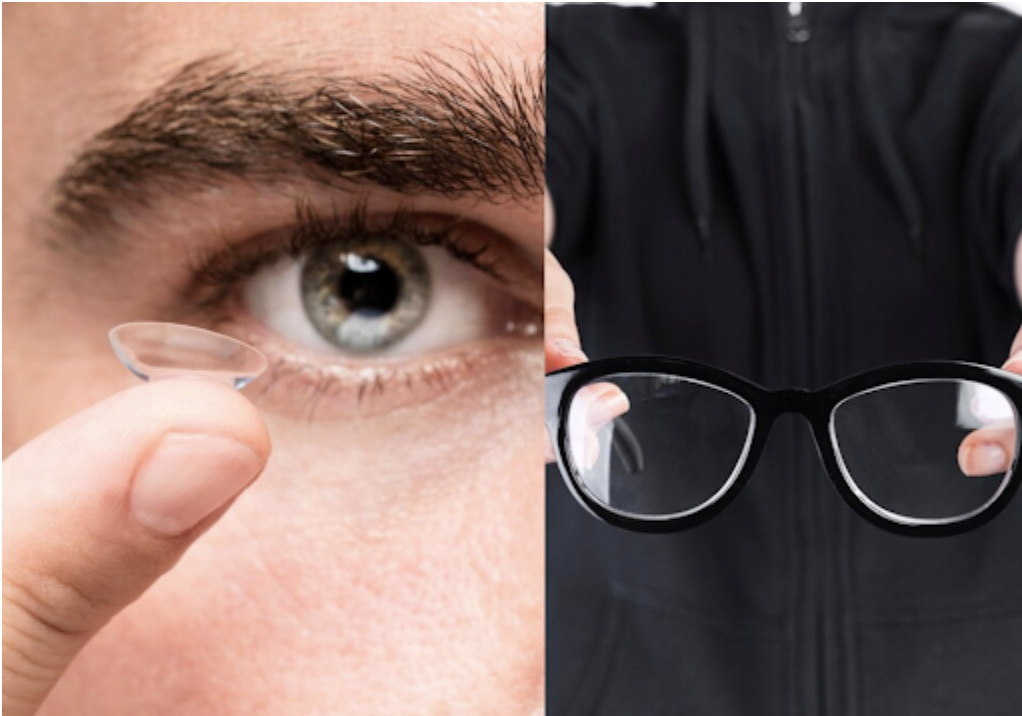You just got a glasses prescription from your eye clinic, and you can’t seem to make sense of all the numbers, angles, and abbreviations. You’re not alone; optical prescriptions can be difficult to understand for patients and non-medical personnel.
Optical prescriptions are more than blocks of signs and numbers; they provide a detailed overview of your eye function, shape, and how well your eye lens and muscles work. With just a look at your prescription, you can figure out if you are nearsighted (myopic), farsighted (hyperopic), presbyopic (difficulty seeing close objects due to ageing), or astigmatic (blurred vision due to an irregular curve in your cornea or lens)—and not only will you know what the condition is, but you’ll also know how severe it is.
If you are one of the many who can’t interpret their prescription, you’re in luck. Today's blog post will help you make perfect sense of the scribble of numbers and letters in your hands.
Key Takeaways:
- Understanding your optical prescription can help you make better-informed choices when picking out glasses from our Low Cost Glass Store
- Prescriptions use abbreviations like SPH, CYL, AXIS, ADD, and PRISM to indicate if you have visual defects and the lenses required to correct them.
- Prescriptions for glasses can’t be used to fit you for contact lenses
Checkout Our Best Selling Prescription Glasses
Reasons Why You Need to Get an Optical Prescription
Optical prescriptions are written to correct visual defects. The most common visual defects that require lenses for correction are:
- Myopia/Nearsightedness: If you are myopic, close objects will appear clear, while objects farther away will seem blurry and undefined.
- Hypermetropia/Farsightedness: If you have hypermetropia, you’ll see far objects clearly, while nearer objects will appear blurry.
- Presbyopia: If you are presbyopic, you may have difficulty reading small print and have to hold newspapers farther away from your eyes. This defect develops and worsens with age.
- Astigmatism: If you suffer from astigmatism, objects will appear blurry and undefined at all distances. You may also have frequent headaches or struggle to see at night.
If you have any of the symptoms described above, we recommend that you visit an eye doctor for an eye test, get a prescription, and head down to our store to get the right pair of lenses for you.
 A prescription[/caption]
A prescription[/caption]
Terms Used in Optical Prescriptions
OD, OS and OU
People tend to have different vision for each of their eyes, with one eye seeing better than the other; as a result, eye doctors and lens makers use abbreviated Latin phrases to tell the difference.
- OD is short for Oculus Dexter, Latin for “Right Eye.”
- OS is short for Oculus Sinister, Latin for “Left Eye.”
- OU, short for Oculus Uterque, Latin for "Both Eyes."
Some prescription papers may leave out the technical jargon and list "Right Eye/RE" or "Left Eye/LE" directly. OU is less common and is used in rare cases where there is balance—both eyes have identical defects and need the same corrections.
As a general rule of thumb in eye care, details on the right eye (OD) always come before the details on the left eye (OS). This is because, when facing you, the optometrist examines your right eye before moving on to your left.
Sphere (SPH)
[caption id="attachment_1027107" align="aligncenter" width="1430"] OD and OS Illustration[/caption]
OD and OS Illustration[/caption]
Spherical lenses are the simplest lenses that can be made. They are used to correct distance vision defects caused by the eyes’ inability to focus light on the retina due to its shape and length, such as longsightedness and nearsightedness.
The SPH metric indicates the amount of lens power required to correct your vision in dioptres (D), with a + value for longsightedness and a - value for nearsightedness.
Spherical lens power readings go up in 0.25 increments and range from 0.00 to (+/-) 20.00, with larger numbers, regardless of sign, indicating greater degrees of defect. A “PL (plano)” or “∞” reading is the same as a 0.00 diopter SPH value, which means you have perfect distance vision and do not need spherical lens correction.
Cylinder (CYL)

The CYL metric indicates how much cylindrical lens power in dioptres (D) is needed to correct astigmatism—an eye defect caused by a misshapen cornea that causes light to scatter and fall irregularly on the retina, leading to distorted or blurry vision.
Like SPH values, CYL values are also measured in 0.25 increments, with higher values indicating more severe astigmatism. The signs before CYL values are not of major importance and most optical prescriptions will list CYL values in minus cylinder form (- CYL value), as this form is more helpful in lens making.
If you see a blank spot or "DS (dioptric sphere)" in the CYL column, it means you don't have astigmatism and don't need a cylindrical lens.
AXIS
This goes hand in hand with the CYL value to correct astigmatism. The axis value, ranging from 000 to 180, indicates the angle at which the cylindrical lens must sit with respect to the eye to completely correct astigmatism and provide you with proper vision.
The accuracy of the axis value is very important, especially for strong CYL corrections above (+/-) 2, as even minor angle errors may cancel out the effect of the cylindrical lens and leave you with blurred vision. Axis values are entirely descriptive of the CYL values, and as such, no astigmatism means no CYL correction and no axis values.
Additional Lens (ADD)
This is common in prescriptions for people over the age of 45, as it corrects presbyopia—natural longsightedness that develops with age. It indicates the power of an additional magnifying lens added to your glasses to aid with close-up reading at about 12 inches from your eyes.
The ADD values, which typically range from 0.50 to 3.00, are always positive (+) and generally balanced across both eyes.
PRISM AND BASE
Prism on optical prescriptions refers to prismatic power measured in prismatic dioptres (p.d). Prism lenses are special lenses that bend light and shift the image of the object you’re looking at to a different angle. They are used to correct the vision of people with poor eye muscle coordination or strabismus—eye misalignments like crossed eyes and double vision.
A typical prism lens prescription lists both the power of the prism and the orientation of the lens, using its base, the thickest point, as a reference. Prism lens orientation is connoted using four abbreviations:
- BU, for base up.
- BD, for base down.
- BI, for base in—pointing towards the nose.
- BO, for base out—pointing towards the ear.
Note: Prism lenses are not common, and your prescription may not include a section for them.
PD
PD stands for pupillary distance, also known as interpupillary distance (ID). This is the horizontal distance between the centres of your pupils while looking straight ahead. PD ranges from 50 to 70 mm, depending on head size and face shape.
This metric helps lens makers and opticians properly align your glasses with your eyes. Wearing misaligned glasses may leave you with symptoms like headaches, dizziness, and eye strain.
Checkout Our Best Selling Prescription Glasses
[top_rated_products per_page="8"]
Samples of Optical Prescriptions
Now, you understand what each metric means. Let’s interpret the examples below:
Sample 1
| SPH | CYL | AXIS | ADD | PRISM | |
| OD | +2.50 | +2.00 | 0.5 BD | ||
| OS | -3.00 | -1.00 | 079 | +2.00 | 0.5 BU |
In the Right Eye (OD):
- The SPH value indicates longsightedness that requires a +2.50 D spherical lens for correction.
- CYL and AXIS values remain blank, indicating there is no astigmatism and no need for a cylindrical lens.
In the Left Eye (OS):
- The SPH value indicates nearsightedness that requires a -3.00 D spherical lens for correction.
- CYL and AXIS values indicate astigmatism that requires a cylindrical lens of -1.00 D placed at an angle of 79 degrees for correction.
In Both Eyes:
- ADD values indicate presbyopia that requires additional magnifying lenses of 2.00 D for correction.
- Prismatic lenses of 0.5 D. The right prism lens's base should face down (BD), while the left prism lens's base should face up (BU).
Sample 2: 20/20 Vision
| SPH | CYL | AXIS | ADD | PRISM | |
| OD | 0.00 | 0.00 | - | 0.00 | |
| OS | 0.00 | 0.00 | - | 0.00 |
If your optical prescription reads like this, you’re one of the few who do not have any visual defects. Relax, you’re not so special; this is actually normal vision, commonly called 20/20 vision. With 20/20 vision, you can see far objects just as clearly as you can see nearby objects, and you don't need any corrective lenses.
Are Contact Lens Prescriptions the same as Eyeglass Prescriptions?

No, contact lens prescriptions and eyeglass prescriptions are not the same and they cannot be used interchangeably.
Although they both share some similarities, particularly in distance vision and astigmatism correction (SPH, CYL, and AXIS), contact lens prescriptions are more complex, often listing additional metrics like base curvature and lens diameter. Contact lens prescriptions also specifically mention lens materials and brand names. These differences primarily arise from the fact that contact lenses sit directly on your eyes, while eyeglasses stay a considerable distance (about 12 mm) away.
If you would like to get contact lenses instead of glasses, we recommend that you visit your eye doctor for a contact lens fitting and prescription.
We Have the Perfect Glasses for You
Wearing correctly fitted glasses can totally change the way you see the world. Whether you’re myopic or hyperopic, correctly fitted lenses get you as close as possible to 20/20 vision. In addition to fixing your vision problems, they improve your efficiency and confidence—a properly chosen pair of glasses may even up your style.
The first step to helping us fit you with the perfect pair of glasses is to pick out the right frames and lenses. This can prove to be a headache, and you may even find yourself concerned about whether a particular frame will fit. We’ve got you covered. We have a wide selection of different frame types and shapes in stock; one is sure to catch your eye. Read through our frame guide for more information before making a choice. After picking out a frame that appeals to you, you get the option to upload your picture and virtually try it on.
Tell us your needs by entering your optical prescription and pupillary distance. This guarantees that you will receive lenses specifically tailored to you. You can also choose to add perks like scratch resistance, a blue light filter, or photochrome to your lens. Your prescription must have been issued within the last two years for you to be able to order your glasses from us.
Proceed to the check-out page, fill in your shipping address and billing details, and add a coupon code if you have one. Sit back, relax, and your personalised glasses will be at your doorstep in a few days.









